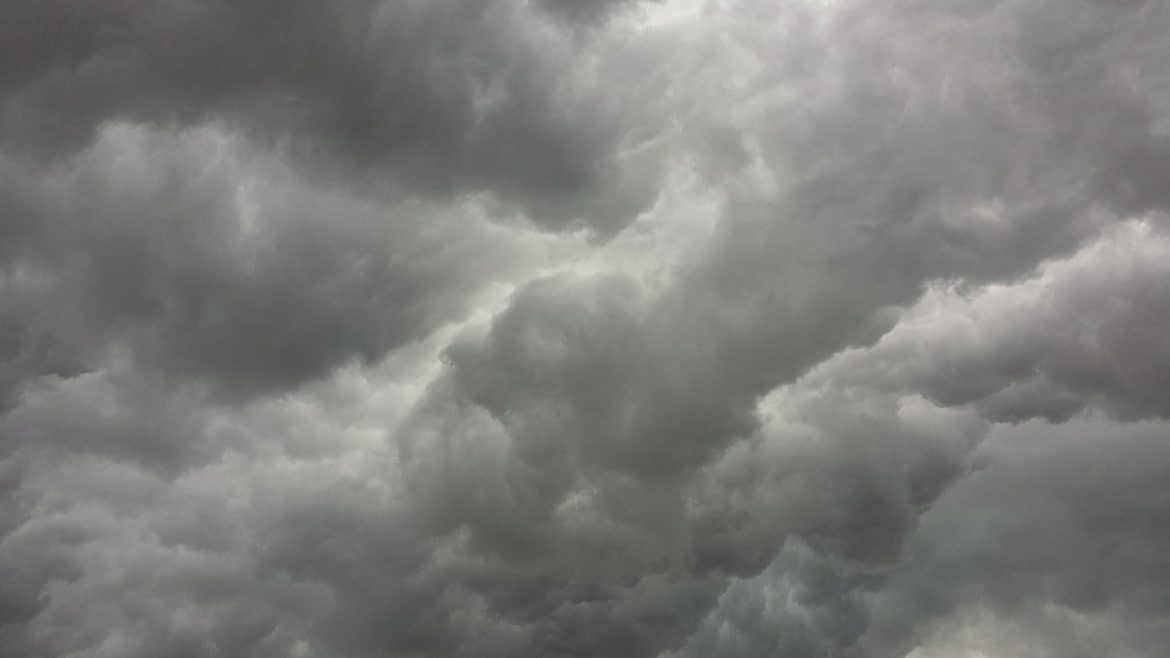
Keep an ear out for Severe Weather. Local forecasts are more available than ever, and you can use them for more than just planning how to dress!
- When you hear special weather information, as opposed to just a forecast, know what you’re hearing. What’s the difference between a WATCH and a WARNING?
- WATCH: conditions are right for the development of the type of weather stated in the advisory.
- WARNING: the type of weather stated in the advisory is imminent in your area.
- Even if it’s not in your back yard, act as if it is. The most sophisticated radars can’t pinpoint a specific street for a weather event. The state of the art today is that radar “sees” an area two to three miles wide.
- Take events like Severe Weather Awareness week seriously. It’s a great learning opportunity, and what you learn could save your life!
- Get involved with this event – get a speaker for your church, school or other group from the National Weather Service, your local emergency management agency or local Red Cross chapter.
- Put together an emergency kit and work up a disaster plan. Your local Red Cross chapter and/or emergency management agency can help.
- Emergency kits can be purchased, already put together, from the American Red Cross.
- No disaster plan can fit all home and businesses; research your specific needs through libraries, the Internet and your local emergency management agency and then create your own.

